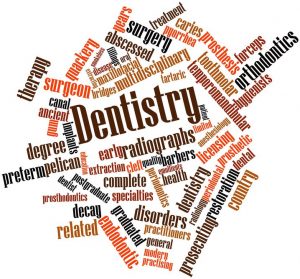
Dental implants are currently the most advanced solutions for the replacement of a lost tooth, artificial teeth that are inserted into the patient’s jawbone by a specialized oral surgeon. Dental implants Park Ridge area and others practically consist of a titanium screw inserted into the jaw that works like an anchor or a root for the structure, an abutment installed on top of the screw and an artificial crown installed on the abutment. In the past, implants came in only one type and could be used only on patients whose gums and jawbone were healthy. While all modern implants share the same essential structural features, today there are three major types available, endosteal, subperiosteal and zygomatic, the diversification allowing for the more extended usage of implants, even on patients who were previously not considered suitable candidates. Here are the features that distinguish them.
Endosteal Implants
These implants are the most common type, the simplest, most typical implant that consists of the three components mentioned above. Endosteal implants are the solutions chosen for healthy patients who do not suffer from bone loss in the area where the implant is going to be inserted and who do not pose the risk of rejecting the titanium post or of being unable to fuse the post.
Subperiosteal Implants
These implants are the right solution for patients who do not like the idea of having a foreign body inserted into their jaw or who are not suitable candidates for endosteal implants because of an underlying health issue. Subperiosteal implants are also inserted under the patient’s gum, but not into the jawbone. The post that makes up the root of the structure is installed on a small metal frame placed right under the surface of the gum, on top of the jaw bone, the post being held in place by the gum that grows around it.
Zygomatic Implants
These are the least common and most complicated types of implants used on patients with very poor bone density in the application area. These implants are inserted into the patient’s cheekbone, rather than in the jawbone – hence the name, the zygomatic bone is the medical term used for the cheekbone. The solution requires access to the maxillary sinuses, therefore it is most commonly used on the upper row of teeth.
Other Techniques Used in Implantology
Poor bone density in the area where the implant is needed no longer excludes the application of more common implanting solutions – the technique called grafting or bone augmentation is now widely used to stimulate the body’s own bone production processes. The method involves the insertion of a tiny piece of artificial bone under the gum to intensify the production of bone tissue. The implanting process continues when the density of the bone is considered adequate.
The technique called sinus lift is another method to fortify the bone into which the implant needs to be installed. Used on the upper jaw, the procedure is intended to strengthen the bone below the sinuses if the area has been weakened and thinned because of teeth that have been missing for too long.
